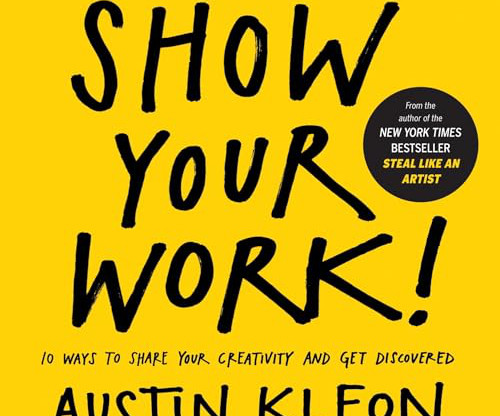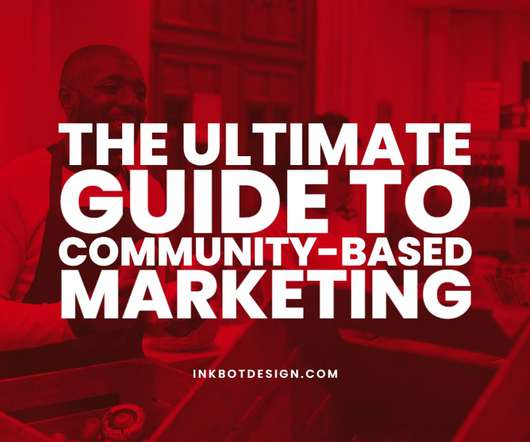The 37 Best Design Books to Level Up Your Skills
Inkbot Design
JANUARY 9, 2024
Read on for the cream of the crop regarding design literature. They provide practical advice for building empathy and designing more compassionately. The Elements of User Experience Written by UX gurus Jesse James Garrett, The Elements of User Experience maps out the big picture of digital product creation.















Let's personalize your content